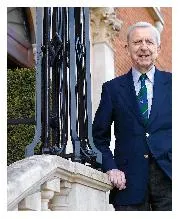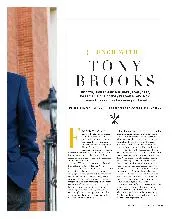“People always have trouble believing this. There I was, swotting away, when a phone call came through from Connaught: would I like to drive one of the cars at Syracuse? Frankly, they couldn’t find anyone else! I had never so much as sat in an F1 car, but I rather absent-mindedly said yes, and put the phone down.
“Perhaps it was fortunate for me that I was so preoccupied with my finals. I worked during the flight, and never gave much thought to the race. When I got there the transporter had not arrived, so we missed the first practice day. I hired a Vespa to learn the circuit in the evening! I managed to get some idea of which way it went, and the following morning I had my first experience of an F1 car.”
Clear favourites were the factory Maserati 250Fs of Luigi Musso, Harry Schell and Luigi Villoresi, which had been comfortably quickest on the first day. It is some indication of Brooks’ natural ability that soon he was lapping as fast as they.
“The Connaught handled beautifully, but was short of power. As well as that, the Alta engine had been developed to its limit — and a bit more — and the team’s reliability record was awful. ‘Don’t do too much practice’, they said, because they were terrified of not getting the starting money. Quite understandable, but it didn’t help me! When the race started, I’d done no more than 12 or 15 laps.”
Musso and Villoresi led the early laps, while Brooks played himself in. “I got into the lead after about 10 laps, I don’t know quite how, and after that my only worry was getting the car to the finish. Once in the lead I cut back by at least 500 revs, but continued to drive very hard through the corners.”
Musso was 51sec behind at the flag, and the crowd was stunned by the result. So, too, was Brooks.
“Obviously I was very pleased, but it didn’t really sink in. Quite honestly, all I could think about was my exams! I remember swotting on the plane all the way back, too.”
Despite the victory, Brooks had doubts about the future of Connaught and regretfully declined the offer of a drive for 1956, going instead to BRM, as number two to Hawthorn. It was to be a calamitous season.

Heading towards victory at Reims in ’59
Grand Prix Photo
“BRM’s unreliability was almost a legend, but on paper the car was a flier. A good development team could have sorted it out, but that they didn’t have. That car was lethal! You had to corner it geometrically — if you tried to drift, it would just fly off the road. Mike had a long-chassis car, and in that you had at least some control. I had a short-chassis one…”








